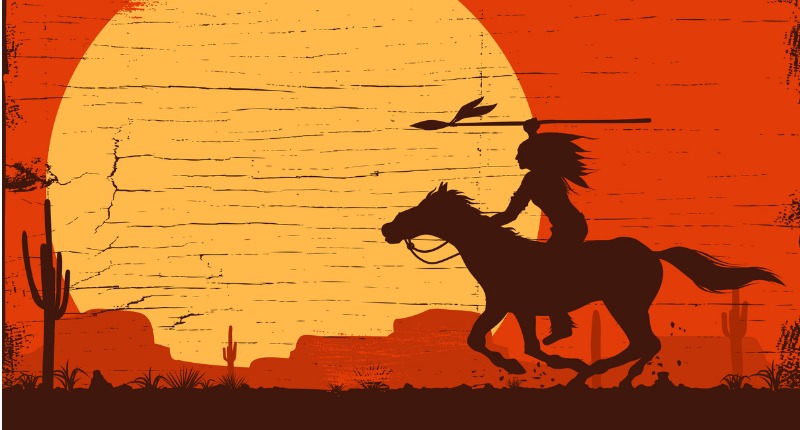North America was a place of great turbulence and many conflicts when the newcomers decided to inhabit the land and take parts of it for themselves.
In the 18th and 19th century, many tribes, such as Iroquois, Cherokee and Shawnee were overwhelmed by the number of settlers moving westward across America.
When the settlers started moving to the southern edges of the continent their movement was put to a halt for some time. A fierce tribe of Comanche were the reason for it.
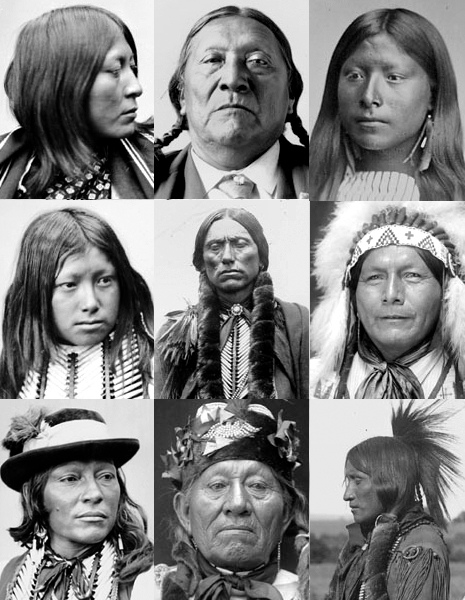
Even though many tribes have adapted to the introduction of the horse, the Comanche were the group who took most advantage out of it.
Previously being an obscure mountain tribe, the Comanche became the fiercest and most famous riders that caused many troubles to the settlers.
In contrast to, for example, Sioux and Cheyenne that would dismount their horses before battle, Comanche continued riding in a fight, which gave them a significant advantage.
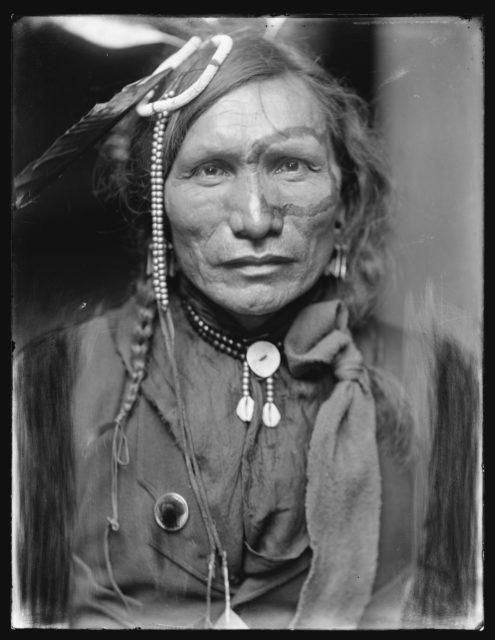
Due to their battle tactics and frequent raiding of the “White Men’s” territories to assert ownership, the settlers faced difficulties moving into these lands.
It was believed that nobody entered the land Comanche inhabited.
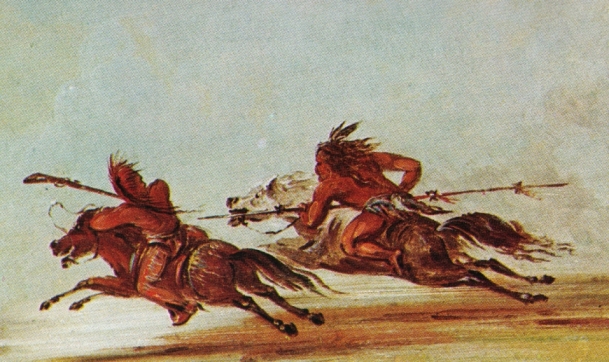
In 1858 Governor Runnels appointed John Salmon “Rip” Ford, a ranger and fighter, who had a peculiar hatred toward the natives, to lead the attack that would finally stop the Comanche and allow the group to continue moving.
In March 1858, Ford recruited Tonkawa natives into their forces, who were known as helpers of the newcomers, and were despised among the rest of native communities for their cannibalism.
The Tonkawa gladly accepted the invitation, seeing it as an opportunity to take revenge against the Comanche.
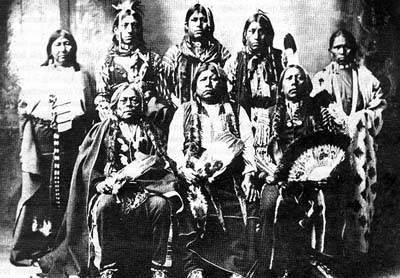
At sunrise on May 12, 1858 the rangers and Tonkawa attacked an unprepared Comanche village. Surprised and taken aback, the Comanche tried to jump on their horses once they had realized what was happening, but at that point it was already too late.
Just when they thought they had lost the battle, their fierce chief Iron Jacket (Po-hebitsquash, Pro-he-bits-quash-a, Po-bish-e-quasho in Comanche) rode out on his horse directly towards their enemies.
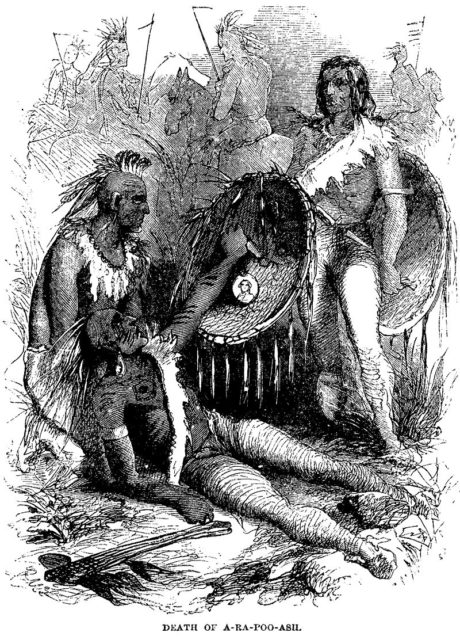
Nobody doubted his reputed supernatural abilities. It was believed that he could deter bullets and attacks using his breath.
The rangers tried to capture him alive on a couple of occasions, but never managed it. They were now determined to kill him and finally put an end on his reign, as they believed that he and his powers were one of the most important reasons why the Comanche were giving them such a troublesome time.
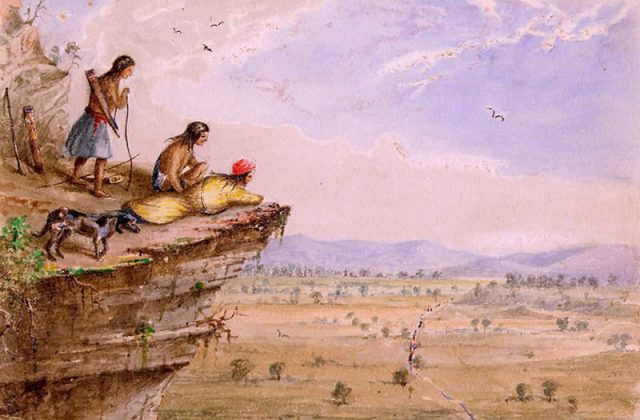
The rangers and Tonkawa fired bullet after bullet at him. At first, he looked unstoppable, dodging bullets that were coming at him from all sides.
It is, however, very probable that his iron armor, taken from a deceased Spanish conquistador, which earned him the name Iron Jacket, was the reason why so many bullets could not hurt him.
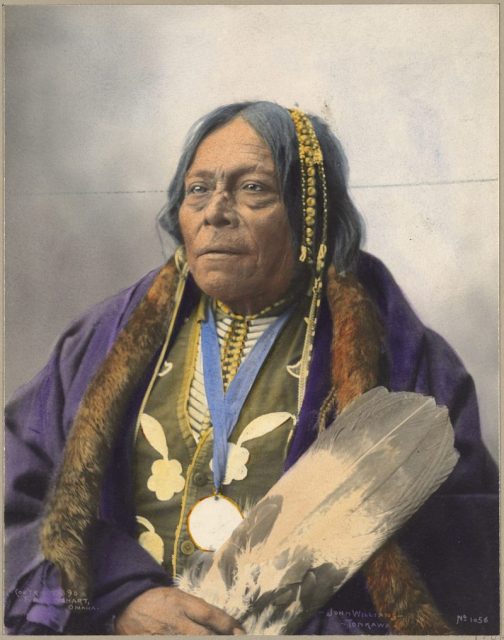
After some time, Jim Pockmark killed him using a buffalo gun.
The Comanche warriors were completely discouraged and demotivated when their chief was shot. However, Iron Jacket’s son Peta Nocona, together with his warriors, managed to stop the advances of the attackers and allowed for many Comanche to flee from the battle field and save their lives.
Iron Jacket was scalped and eaten by the Tonkawa, so the Comanche could not get his body for a proper burial. The settlers broke his armor and sent parts of it as a souvenir and reminder of the end of the Comanche reign.
Read another story from us: The Legendary Chief Who Almost Unified All Native Americans
However, Iron Jacket’s line continued with Nocona inheriting his place and finally his grandson Quanah Parker holding the place of the last Comanche chief.
